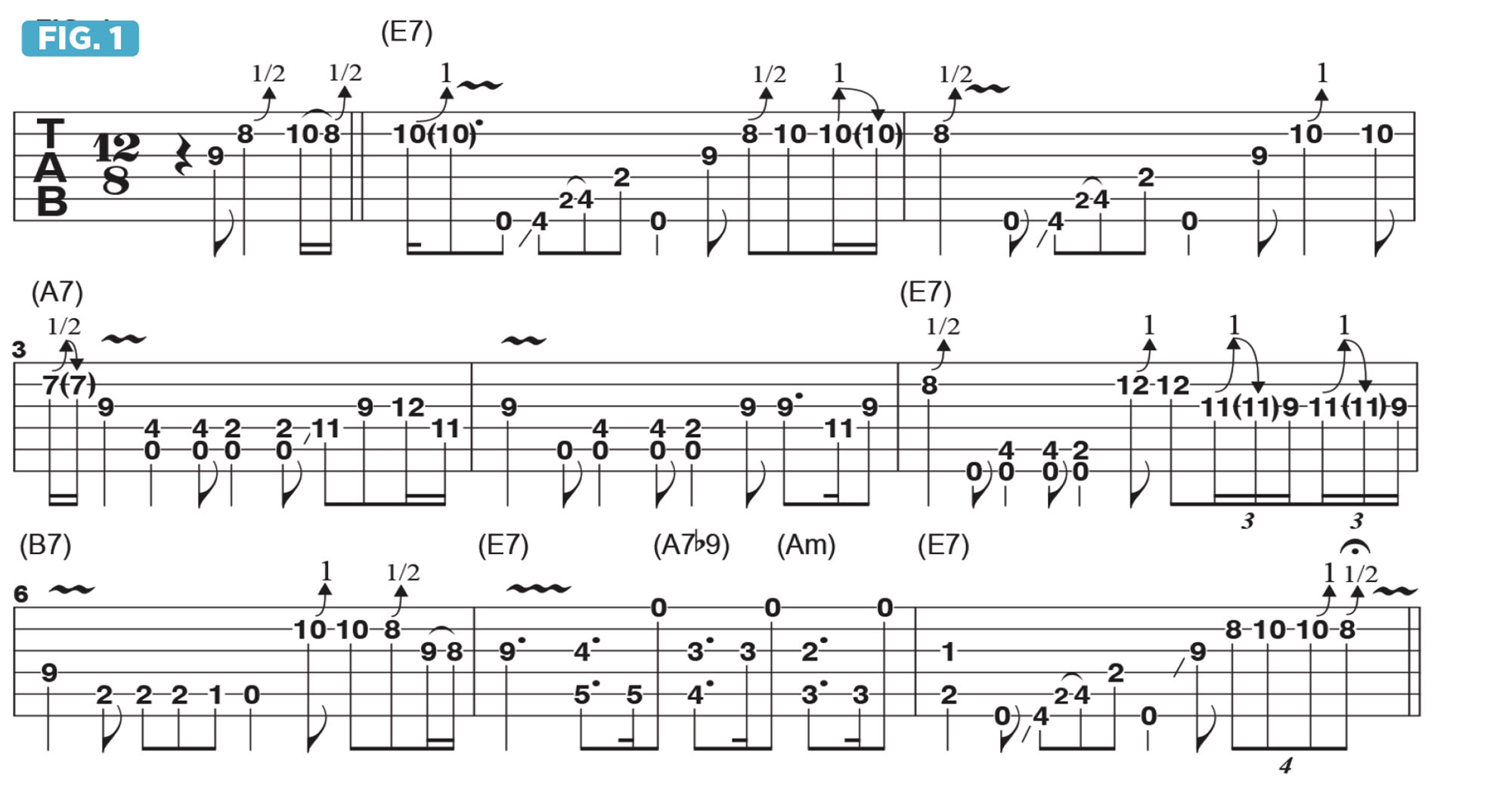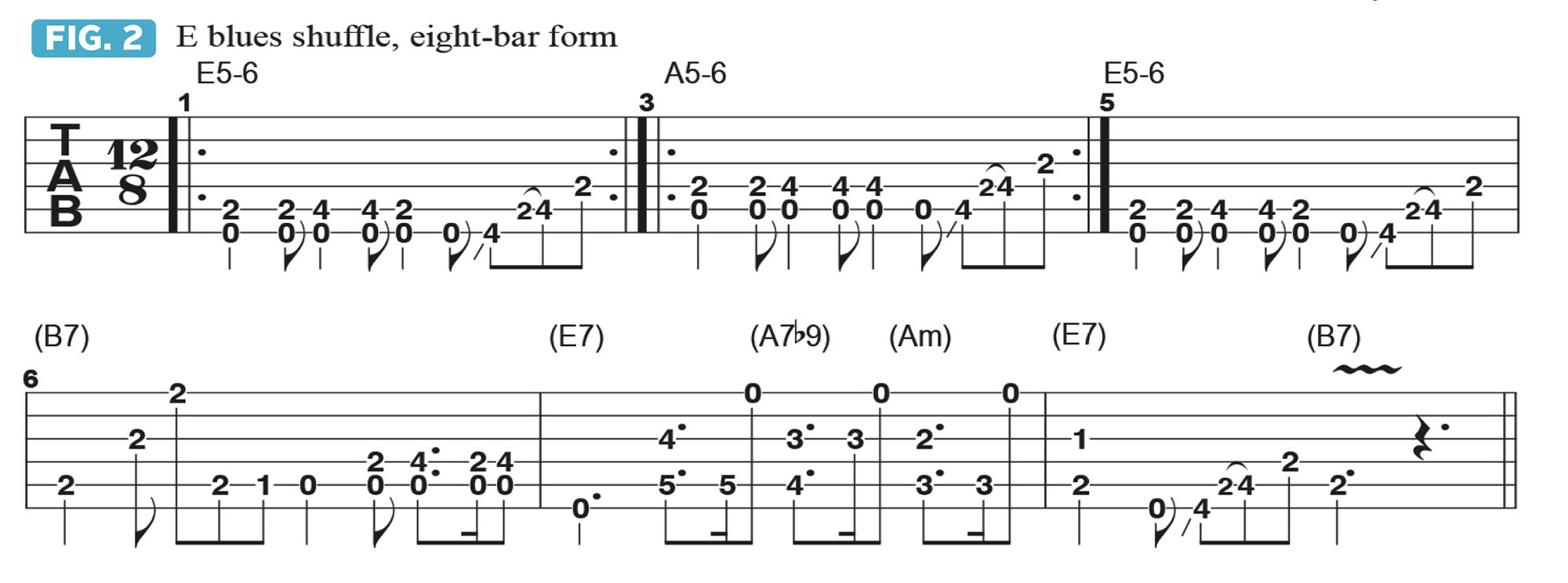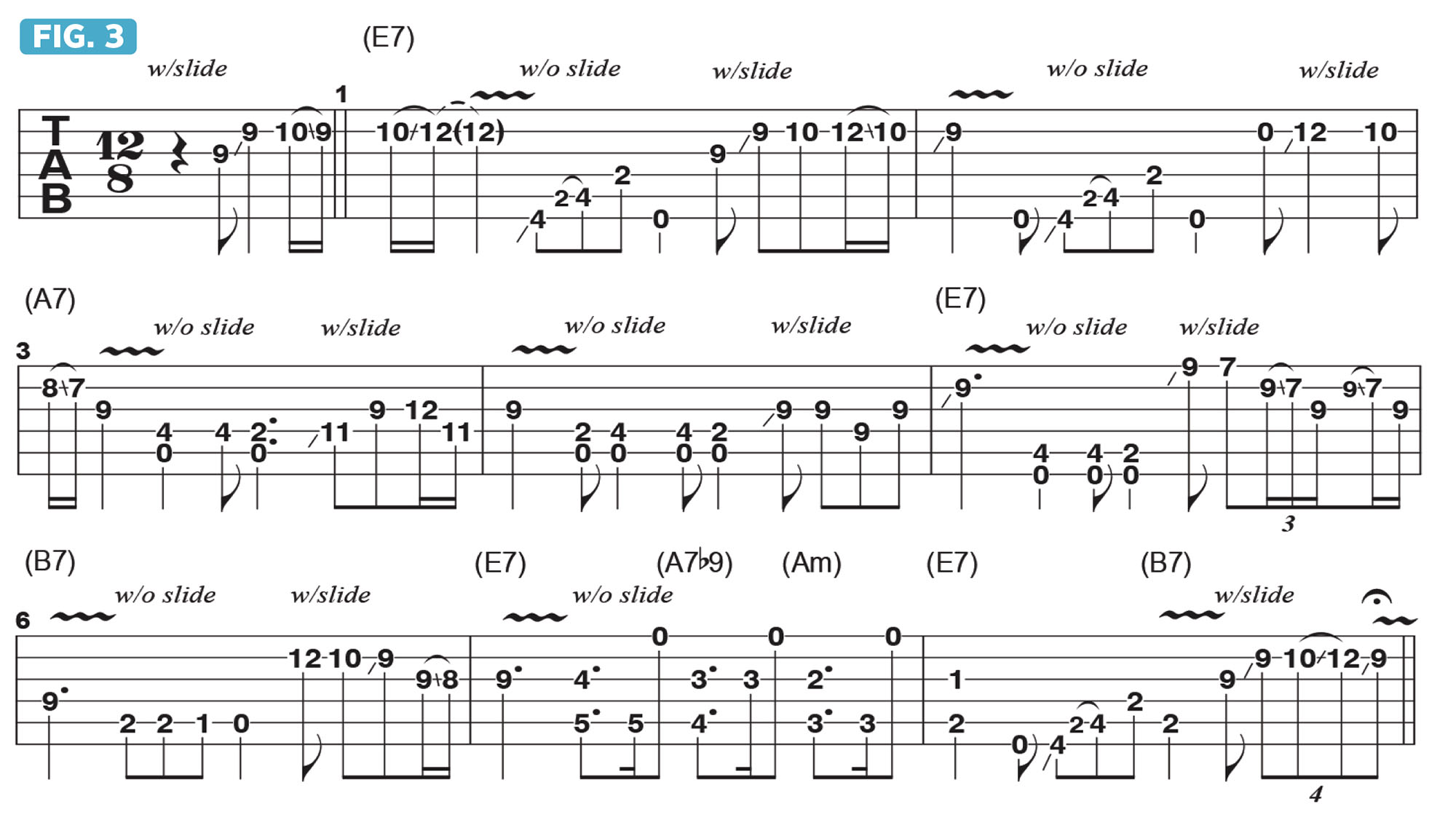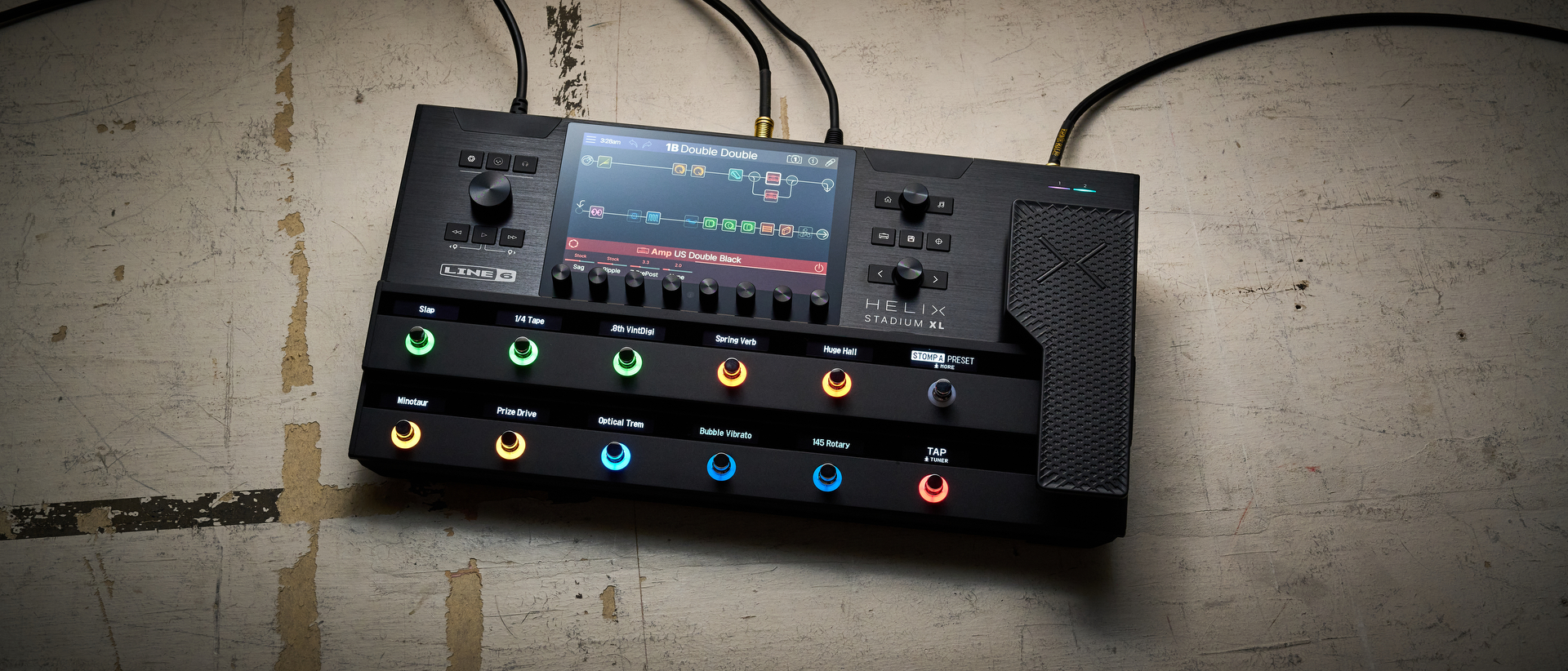One of the greatest things about the guitar is its capacity to emulate the nuances and expressiveness of the human voice – improve your phrasing now with this lesson in how make your playing more vocal
By making clever use of string bends, finger slides and vibrato, you can make your guitar sing
One of the greatest things about the guitar is its capacity to emulate the melodic nuances and expressiveness of the human voice. Singers rarely simply hit pitches; there are often glissandos between notes, meaning ascending or descending movement from one note to the next.
For example, instead of singing a D followed by E, a singer will often seamlessly glide from D to E; the reverse is also common, gliding from E down to D. After landing on the targeted pitch, vibrato is then typically added, to sweeten the note.
Guitarists can emulate these sounds with string bends, finger slides and vibrato. A similar effect is possible via the use of a slide, which allows the player to seamlessly glide between pitches while also affecting different types of vibrato. In this way, one can “sing” on the guitar.
A great way to work on this technique is to mimic the vocal phrasing and articulation of a specific artist and song. In this lesson, we’ll focus on Elmore James’ vocals on his blues classic, It Hurts Me Too.
Figure 1 presents an emulation of Elmore’s vocal in the song’s first verse, played here in the key of E. Throughout this eight-bar example, the melodic elements occur during beats 1 and 4, with supplemental rhythm parts added during beats 2 and 3.
The first line of the song, “You say you’re hurting…” is emulated in the pickup bar. When playing this instrumentally, I’m thinking about the words and vocal phrasing Elmore used.
Also of prime importance is the articulation of every note. Notice throughout the example that almost every note is bent slightly, pushed up a quarter step or half step, or bent upwards and released, with vibrato added whenever a note is held.
All the latest guitar news, interviews, lessons, reviews, deals and more, direct to your inbox!
With each pitch “moving” in a subtle way, these small alterations in articulation are what lend the phrase a vocal quality. Pull-offs are also used, to support the legato (smooth) feeling on the lines.
As always, it’s important to know the form of the chord progression as a reference point for a melody. Figure 2 depicts the eight-bar form: two bars of the tonic, E, are followed by two bars of the IV (four) chord, A; bar 5 is a return to the one chord, E; bar 6 is the five chord, B7; and bars 7 and 8 are a turnaround of E7 - A7(b9) - Am - E7 - B7.
Now let’s play the same melody with a slide, as demonstrated in Figure 3. Just as in Figure 1, the melody notes fall on beats 1 and 4, articulated here with the slide, with the rhythm part added on beats 2 and 3, fretted without the slide. As you’ll find, a very vocal-like vibrato can be attained with a slide.
Notice that some of the melody notes here are played in different spots than in Figure 1. These choices were made to accommodate and make the most of the slide technique.
Guitar World Associate Editor Andy Aledort is recognized worldwide for his vast contributions to guitar instruction, via his many best-selling instructional DVDs, transcription books and online lessons. Andy is a regular contributor to Guitar World and Truefire, and has toured with Dickey Betts of the Allman Brothers, as well as participating in several Jimi Hendrix Tribute Tours.




